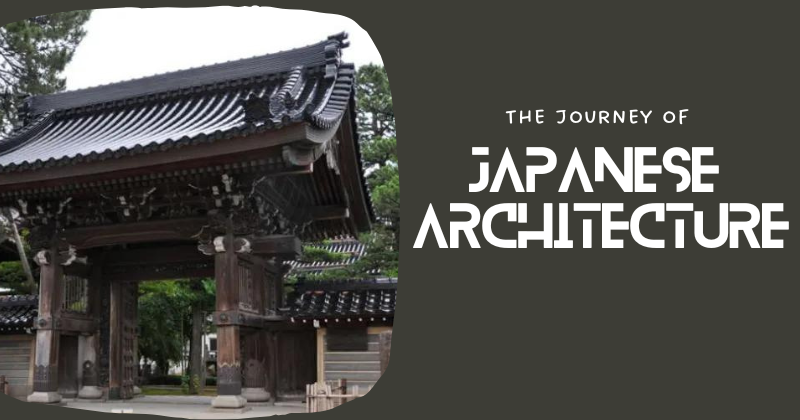
Welcome to the architectural wonderland that is Japan! As a land that beautifully balances tradition and innovation, Japan offers an architectural journey unlike any other. Its structures speak a silent language, narrating tales of time that range from ancient era to the present day. From the grandeur of historic castles to the sleek sophistication of modern skyscrapers, every structure here has a story to tell and a vision to share. In this blog post, we'll take you on a virtual tour across Japan, stopping at architectural marvels that are as diverse as they are stunning. Whether you're an avid explorer planning your next adventure, or simply someone who appreciates the art of architecture from the comfort of your home, this journey is sure to be an intriguing one. So buckle up and get ready to explore the breathtaking architectural landscape of Japan with us!
Marvel at Ancient and Traditional Japanese Architecture
Experience the Samurai Era at Matsumoto Castle
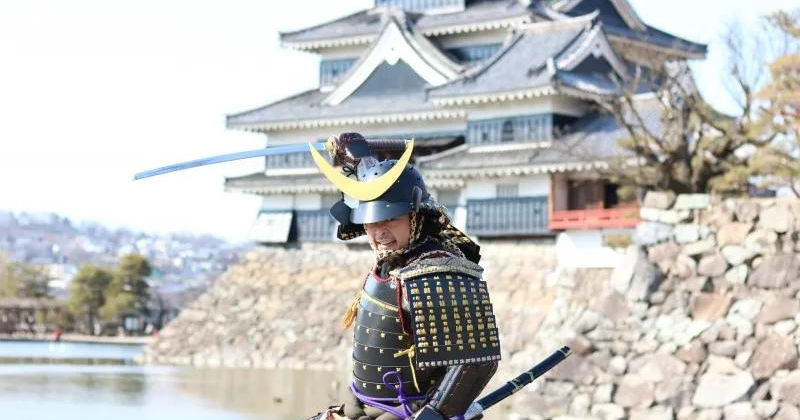
Step into the 16th-century Samurai Era at Matsumoto Castle, Ishikawa. This "Crow Castle" is a historic gem, showcasing the evolution of Japanese military architecture with its intricate wooden interiors and complex fortifications. The castle's design, with its intricate wooden interiors and sweeping eaves, is a testament to the remarkable craftsmanship of the era. The massive stone base and complex fortifications reveal much about the strategic architectural design used to protect the castle from attackers. Our kimono rental and Samurai attire experience add authenticity to your visit, immersing you fully into Japan's feudal past.
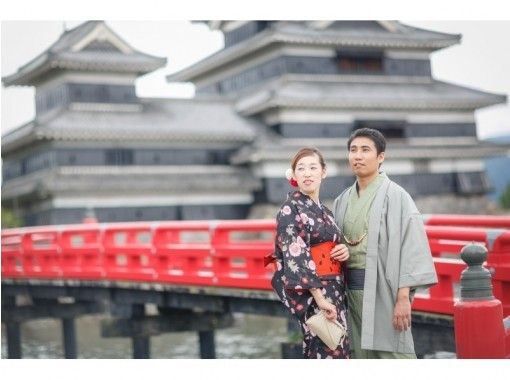
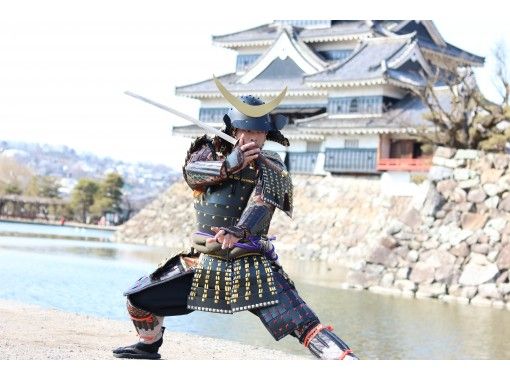
A Journey Through Time on Nawate & Nakamachi Streets
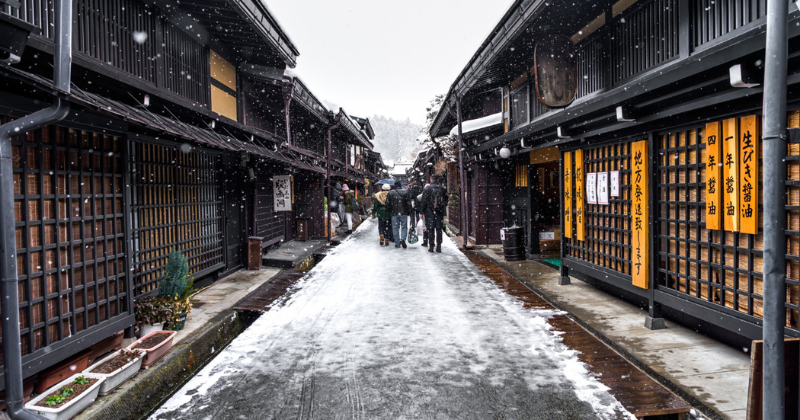
Walk down the memory lane on Nawate and Nakamachi streets in Ishikawa. Discover Nawate's "Frog Street" with its antique shops, quaint cafés and sweet stores set in traditional Japanese buildings. Then explore Nakamachi Street, known for its beautiful white-walled storehouses known as "kura". These buildings, with their earthen walls and lattice-work designs, are not only visually appealing but also highlight the practical aspect of traditional Japanese architecture, as they were designed to prevent and contain fires. The ancient yet well-preserved architectural styles provide a tangible link to the past, enabling you to experience a slice of history while simply taking a leisurely stroll.
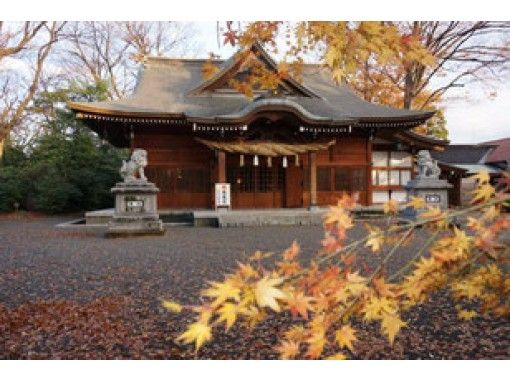
Discover the Majesty of Matsumae Castle, Hokkaido
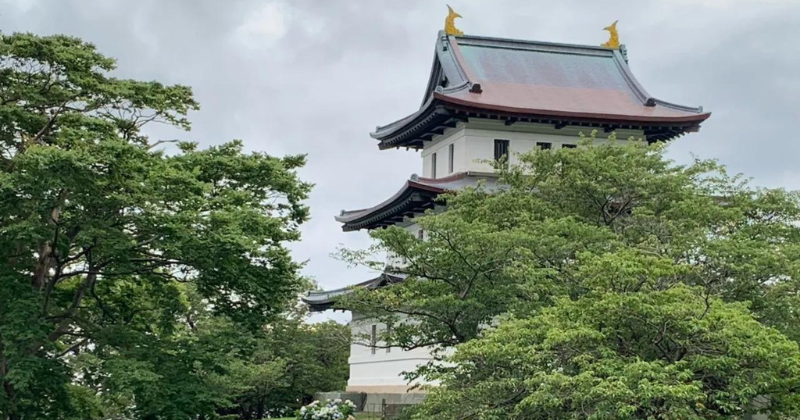
Visit the historic Matsumae Castle in Hokkaido, a monument to the samurai era with its stunning Edo-period design. Explore its distinctive gates & turrets, each with their distinct design and functionality. The main keep, with its bright white walls and elegantly curving roofs, stands as the centerpiece, offering breathtaking views of the surrounding town and sea. Inside, a museum showcases samurai armor, weapons, and other cultural artifacts that vividly paint the picture of life during the Edo period. A trip here is not merely sightseeing, but a journey back in time, immersing yourself in the history of Japan.
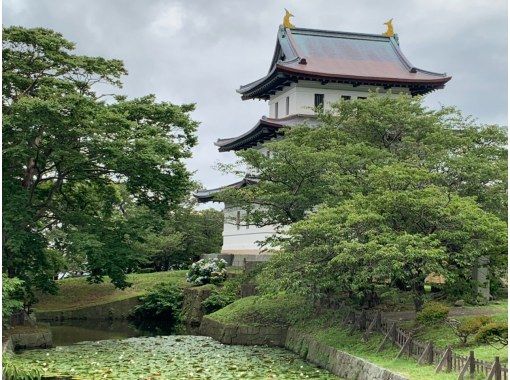
Gassho-zukuri Village: An Architectural Gem in Shirakawa-go
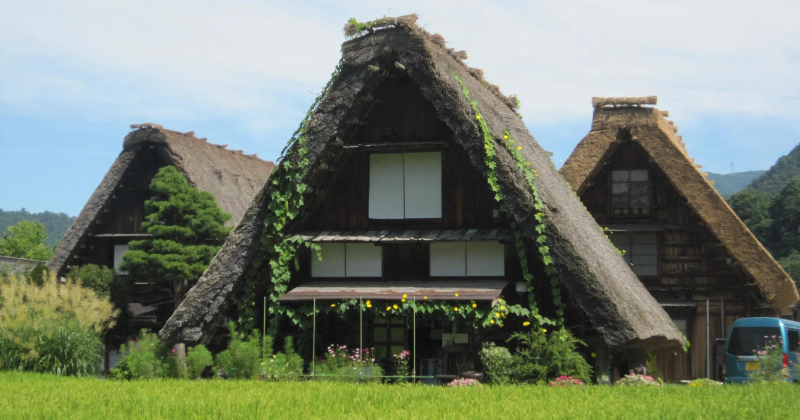
Experience the charm of Gassho-zukuri village in Shirakawa-go, renowned for its Gassho-style houses with thatched roofs built without nails. Gassho-zukuri village with its houses, some of which are over 250 years old, is a UNESCO World Heritage Site. These structures, designed to withstand heavy snowfall, offer a glimpse into the ingenuity of ancient Japanese architecture. Many of these well-preserved houses are open to the public, giving you a chance to step inside and witness how life unfolds within these architectural marvels. Take our guided bus tour to ensure you fully appreciate the village's architectural details and history.
Transition: The Blend of Japanese and Western Architecture
Explore Giyōfū Architecture in Niigata

Prepare to be fascinated as we delve into the unique Giyōfū architecture in Niigata. Emerging during the late Edo period, this style represents a turning point in Japanese architectural history, as it blends Western design elements with traditional Japanese techniques. Giyōfū, literally translated as "pseudo Western-style," was an innovative attempt to modernize Japanese architecture while preserving its distinctive aesthetic. Many of the buildings in Niigata showcase this architectural marvel. They display European-style facades with intricate Japanese carvings, combining the grandeur of the West with the subtlety of the East. This sightseeing tour is an opportunity to appreciate this intriguing architectural style up close.
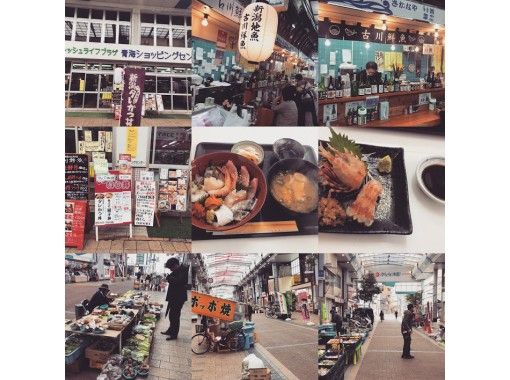
The Western Influence: Architecture of Kobe Foreigner Settlement, Hyogo

Discover the influence of Western architecture at the historical Kobe foreigner settlement in Hyogo. Established after the opening of the Port of Kobe in the late 19th century, this settlement was home to many foreigners, particularly Europeans, who brought their architectural styles with them. You'll see Victorian, Greek, and Gothic style buildings, contrasted with traditional Japanese homes. This unique blend gives the area a cosmopolitan feel that is quite rare in Japan. Our guided tour offers insights into the role this settlement played in modernizing Japanese architecture.
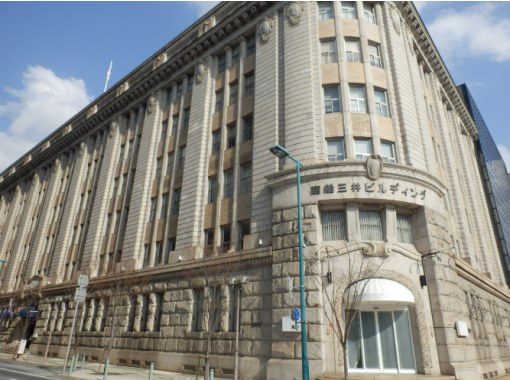
Modern Architectural Wonders of Japan
Experience the Sky at Umeda Sky Building, Osaka
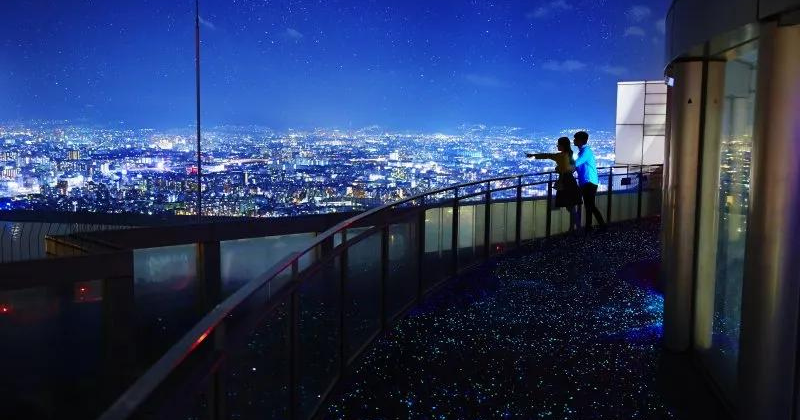
Soar into the sky at the Umeda Sky Building in Osaka, an embodiment of modern Japanese architecture. Rising 40 storeys above the city, this spectacular structure designed by Hiroshi Hara is a testament to Japan's innovative architectural prowess in the contemporary world. This unique structure features a "Floating Garden Observatory" for unparalleled views of Osaka. With its functional design housing a mall, cinema, and restaurants, it stands as a beacon of entertainment. Experience breathtaking cityscapes from the rooftop observatory, where contemporary architecture shines.

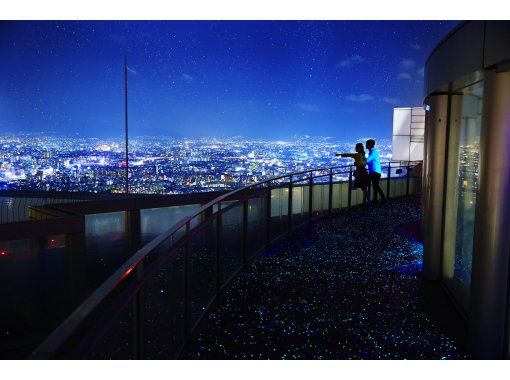
Discover the Modern Side of Shinjuku, Tokyo
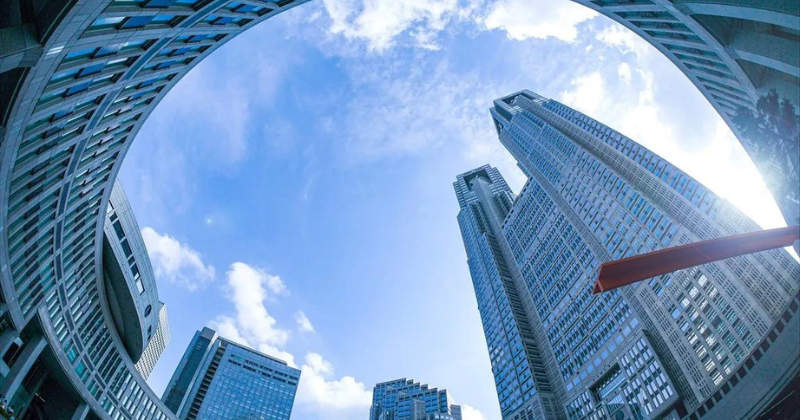
Experience the vibrancy of Tokyo's Shinjuku district, a testament to Japan's technological advancements and architectural innovation. From the imposing Tokyo Metropolitan Government Building, the brainchild of architect Kenzo Tange, to the curvilinear Mode Gakuen Cocoon Tower, each edifice in Shinjuku offers a different perspective on modern Japanese architecture. These structures, with their glass facades, bold designs, and advanced technology, represent the future of architectural design, not just in Japan, but globally. Our day tour offers an immersive dive into the dynamic architectural landscape of one of Tokyo's most exciting districts.
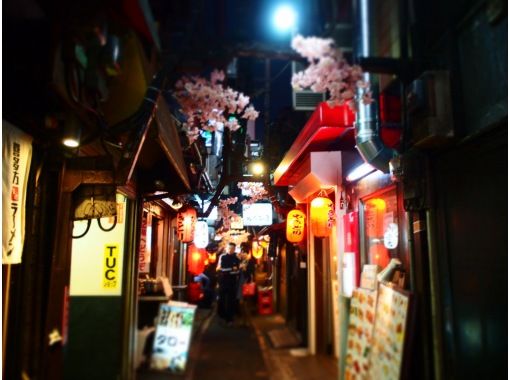
Guided Tour through Otaru: A Blend of Modern and Traditional
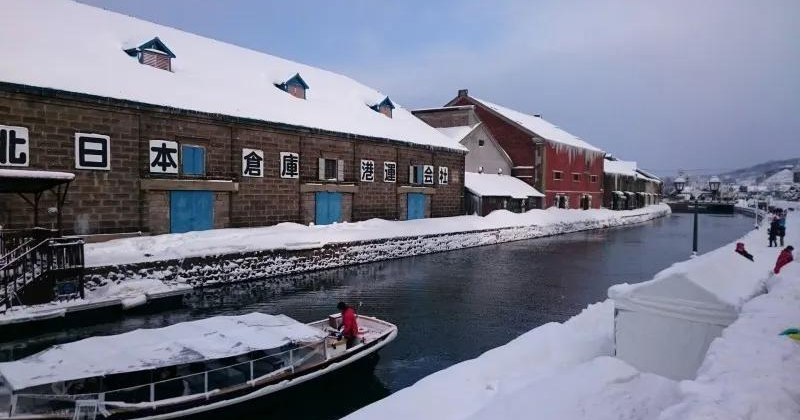
Venture into Otaru, a city seamlessly blending modern and traditional architecture. This coastal city is known for its preserved canal area and the beautiful old warehouses converted into museums, shops, and restaurants. In this guided tour, you will explore various points of interest, including the Otaru Canal, a historic waterway lined with 19th-century stone warehouses showcasing unique architectural designs. Another must-visit spot is Sakaimachi Street, a preserved merchant street where you can marvel at the beautifully maintained old buildings.
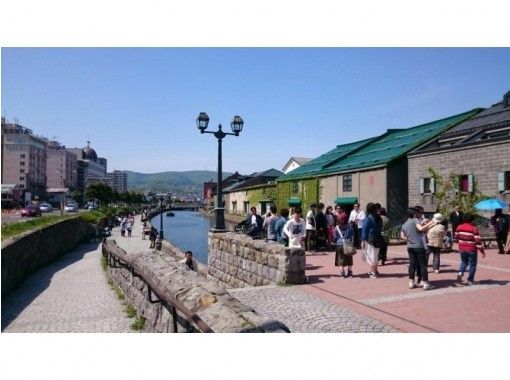
World Heritage Sites in Kagoshima: A Testament to Architectural Evolution
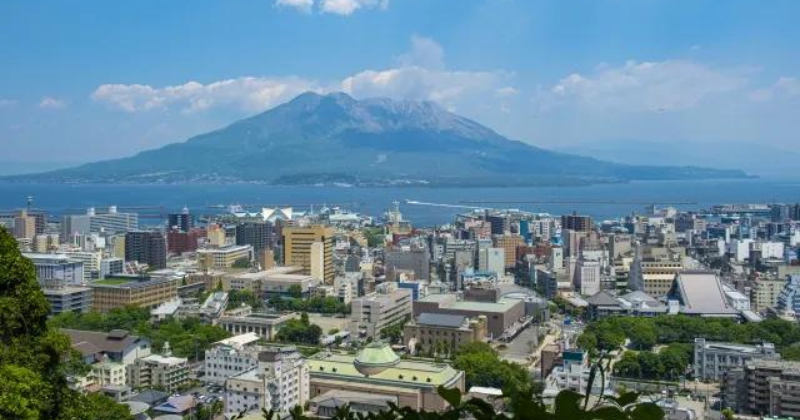
Delve into the captivating architectural history of Kagoshima on our exclusive private bus tour. With a One-Day Pass, travel comfortably and at your own pace to explore a myriad of World Heritage Sites that chart the course of Japan's architectural evolution. A key stop on the tour is the Shiroyama Observatory, which provides a stunning panoramic view of the active Sakurajima Volcano across the bay. We will also visit the Senganen Garden, a Japanese-style landscape garden with the active Sakurajima and Kinko Bay as its background. Senganen perfectly demonstrates how Japanese architecture blends with and accentuates the natural landscape, a characteristic element of traditional Japanese architecture.

A Royal Touch: The Imperial Palace, Meiji Jingu & Aoyama Walk
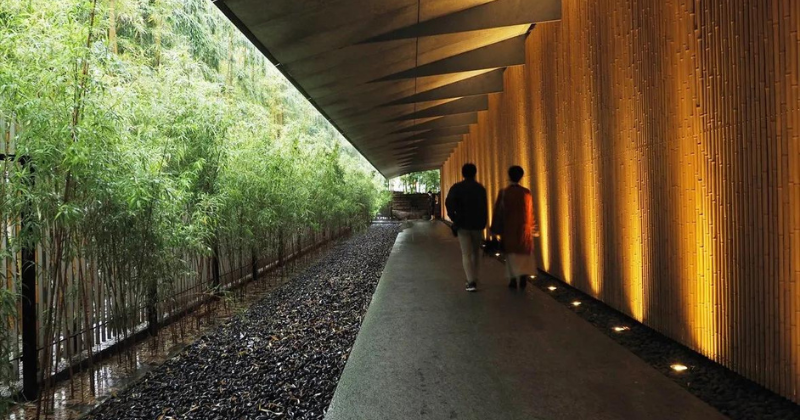
Last but not least, we offer a royal touch to our architectural exploration with a visit to the Imperial Palace, Meiji Jingu, and the iconic Aoyama Walk in Tokyo. This day tour combines the majestic elegance of royal architecture, the serene beauty of Shinto shrines, and the contemporary charm of Tokyo's cosmopolitan streets. The Imperial Palace, the residence of Japan's Imperial Family, is surrounded by moats and stone walls, showcasing classic Japanese palace architecture. Meiji Jingu, one of Japan's most prominent Shinto shrines, provides a tranquil setting to appreciate traditional shrine architecture amidst a lush green forest. Aoyama Walk, on the other hand, offers a change of pace with its modern shopping complexes, art galleries, and cafés housed in contemporary architectural designs.
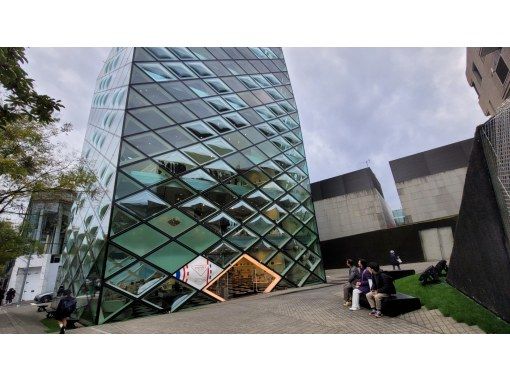
And so, our journey through the diverse architectural landscape of Japan comes to a close. We've traveled through time, visiting ancient castles, strolled through streets that echo history, admired the unique fusion of Western and Japanese design, and stood in awe at the foot of towering modern skyscrapers. As we have seen, Japanese architecture isn't just about buildings - it's a narrative of the country's past, present, and future, showcasing a relentless pursuit of balance between tradition and innovation. It's a testament to the country's resilience, its reverence for nature, and its distinct aesthetic sensibilities. Whether you're sightseeing, trying out a kimono, or joining a guided tour, each experience offers a unique lens through which to appreciate the architectural wonders of Japan.
Frequently asked questions
QWhat is unique about Japanese architecture?
AJapanese architecture uniquely blends function with aesthetics. It's known for its minimalist design, use of natural materials, and a deep connection with nature. It harmonizes indoor and outdoor spaces and often features flexible room arrangements, sliding doors, and elements like tatami mats and shoji screens.
QHow has Japanese architecture evolved over time?
AJapanese architecture evolved from the primitive pit-house dwellings and megalithic tombs to complex wooden structures in the Yayoi period. It incorporated Chinese and Korean influences during the Kofun and Asuka periods, followed by distinctive native styles in the Heian period. The modern era brought Western influences, creating a fusion of styles that continue to evolve today.
QHow does Japanese architecture connect with nature?
AJapanese architecture often harmonizes with its natural surroundings. Buildings are designed to blend with the landscape, using local materials and incorporating elements like gardens, water features, and open-air spaces. This connection to nature is a hallmark of traditional and contemporary Japanese design.
QWhat is Giyōfū architecture?
AGiyōfū architecture is a style from the late Edo and early Meiji period, where buildings were designed to look like they were made of stone while actually being constructed of wood. This style blended Western aesthetics with traditional Japanese construction techniques.
QWhat makes modern Japanese architecture stand out?
AModern Japanese architecture is innovative, utilizing cutting-edge technology and design concepts. It's characterized by minimalist aesthetics, innovative use of materials, and integration of natural elements. Notable examples include the works of architects like Tadao Ando, Kengo Kuma, and Shigeru Ban.
QCan you name some famous examples of Japanese architecture?
AFamous examples include the Great Buddha Hall in Nara, Kinkaku-ji (the Golden Pavilion) in Kyoto, Hiroshima Peace Memorial (Genbaku Dome), Tokyo Skytree, and contemporary works like the Church of the Light by Tadao Ando.




